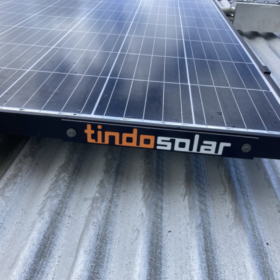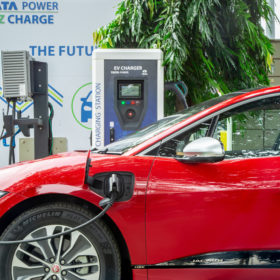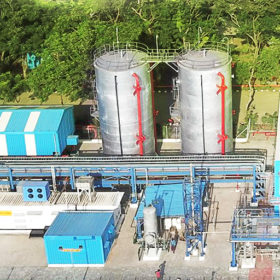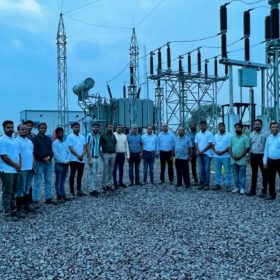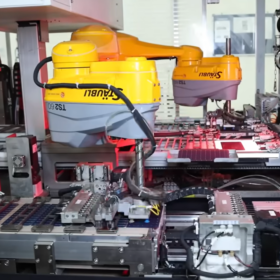Tindo unveils 410 W solar panel with 20.6% efficiency
Australia’s Tindo Solar has unveiled a new solar panel based on M10 wafers for residential and business rooftop systems. The new addition to the company’s Karra range has a rated power of 410 W at 20.6% module efficiency and 23.1% cell efficiency.
INOXCVA flags off India’s largest liquid hydrogen tank
INOXCVA, a Vadodara-headquartered cryogenic solutions manufacturer, has designed, engineered, and manufactured the largest liquid hydrogen tank ever made in India. The tank will be deployed in South Korea’s first hydrogen liquefaction plant, with 5 tons of daily capacity, in order to supply hydrogen charging stations for buses, trucks, and trams.
Hitachi Energy ramps up manufacturing of ‘power quality’ products
Hitachi Energy’s new production facility in India will manufacture solutions that support stable electrical networks and reduce energy consumption.
India’s EV sales to annually surge 49% in 2021-30 period, says IESA
A new India Energy Storage Alliance (IESA) report projects electric vehicle sales to grow by as much as 49% per year to 17 million units by 2030, with electric two-wheelers accounting for almost 88% of total demand.
Waaree obtains ALMM approval for 4.75 GW of solar module capacity
Waaree, a Mumbai-headquartered solar manufacturer, has obtained government approval for 4.75 GW of annual PV module capacity. It is also the only manufacturer to secure approval for 650 Wp modules in government-backed projects.
PV with gravity storage, redox flow batteries in buildings
Indian researchers have developed a new hybrid system featuring a conventional rooftop PV system, a solar tree, two gravity power modules for building (GPMBs), and a vanadium redox flow battery (VRFB), with power exclusively provided by the two solar installations.
Jakson obtains ALMM approval for 600 Wp solar modules
Jakson’s Helia series of 600 Wp mono PERC solar modules are now eligible for use in government installations and projects set up under government schemes and programs.
Larsen & Toubro builds green hydrogen plant at Hazira manufacturing complex
Larsen & Toubro, an engineering and construction major, has installed and commissioned 380 kW of an 800 kW green hydrogen plant for self-consumption at its Hazira manufacturing complex in Gujarat.
Oriano commissions 70 MW captive solar plant for HIRA Group
Oriano has finished a new solar plant in Chhattisgarh, as part of a 172 MW DC open-access PV order from diversified business conglomerate HIRA Group of Industries.
The long read: Flowing into the lithium supply gap
Australian-born vanadium redox flow technology and new homegrown electrolyte sources are set to bulk up renewable energy storage options in the Pacific region and plug the gap left by lithium supply-chain issues. Natalie Filatoff reports from Sydney.
